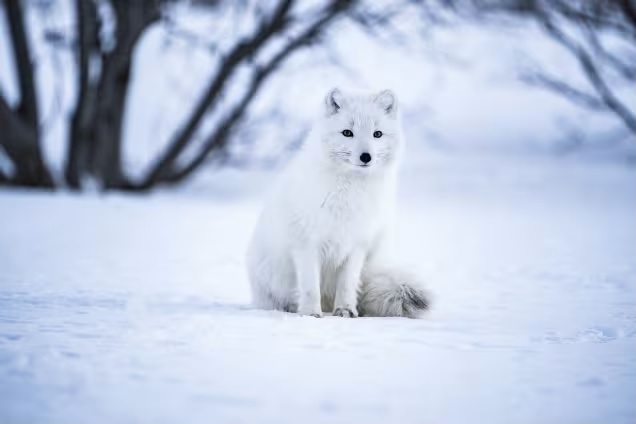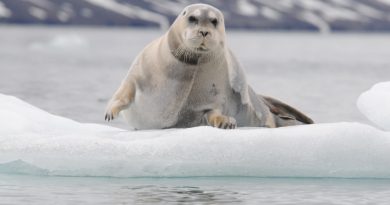Finland gets EU funding to save the Arctic fox

In the early 2000s, there were only around 40-60 Arctic foxes in Finland, Sweden and Norway, but conservation work has increased the number to around 550.
The EU has granted 2.3 million euros towards conservation efforts aimed at protecting the critically endangered Arctic fox (Vulpes lagopus), the natural resource management enterprise Metsähallitus announced on Thursday.
The funding will be channelled to state authorities, universities and conservation organisations in Finland, Sweden and Norway. Finland’s share — 500,000 euros — is going to Metsähallitus.
The funding from the cross-border Interreg-Aurora initiative will support the Arctic fox conservation efforts until 2026.
In Finland, Metsähallitus is responsible for conservation efforts of the Arctic fox, which aims to grow the population to 1,000 by 2035.
The number of Arctic foxes has grown from between 40-60 in the early 2000s to 550 today in Finland, Sweden and Norway, thanks to conservation efforts. In northern Lapland, the larger and more aggressive red fox (Vulpes vulpes) outcompetes the smaller Arctic fox for food and resources. The red fox has also been spotted occasionally hunting Arctic foxes.
Monitoring Arctic fox health
The conservation activities include supplementary feeding of the Arctic Fox, hunting of the Arctic fox’s main competitor in the fells of Lapland, the red fox, and the release of Arctic foxes raised in captivity into the wild.
In the coming years, the conservation work of the Arctic fox will extend to include health monitoring, performed via faecal samples.
“In Sweden and Norway, there have been cases of mange spreading from red foxes to Arctic foxes. As a result, the condition of the Arctic fox deteriorates and, in the worst cases, leads to the death of the animal. As red foxes spread diseases to the Arctic fox, we will also test those red foxes for diseases in the lab,” said Tuomo Ollila, a Senior Advisor at Metsähallitus.
Another element of conservation work is educating people. In the fell areas, food scraps left in the wild by humans threaten the existence of the Arctic fox, as they often end up as food for red foxes.
Related stories from around the North:
-
- Finland: Conservationists find more critically endangered Arctic fox cubs in Finnish Lapland
- Canada: Nunatsiavut government in Atlantic Canada urges vigilance amidst rabies outbreak amongst Arctic foxes
- Sweden: Swedish scientists ‘cautiously optimistic’ about Arctic fox population
- United States: Did Arctic fox evolve from Himalayas?



